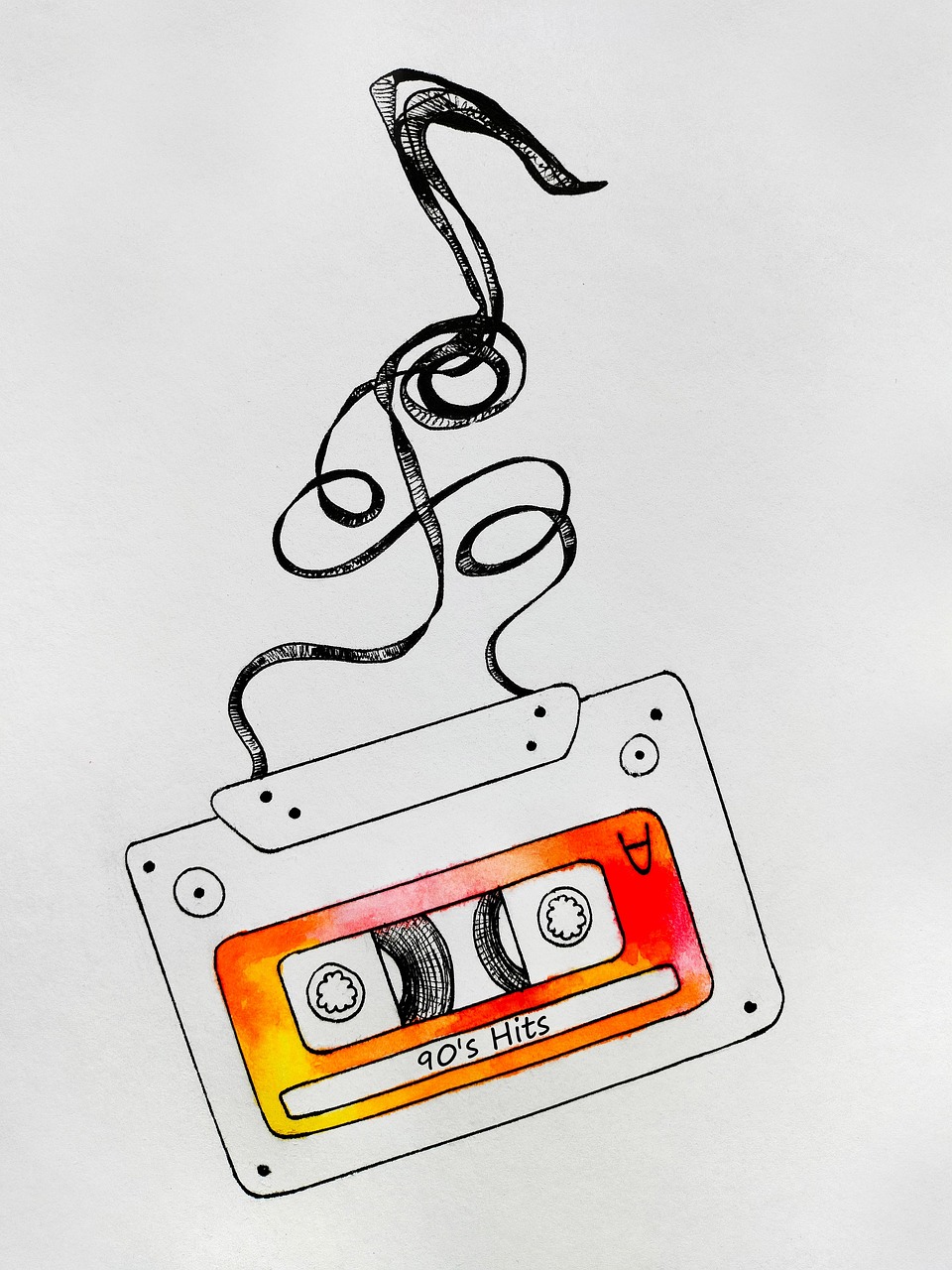The Magic of 90s Music: A Journey Through Sound
The 1990s was a defining decade for music, marked by an explosion of diversity, innovation, and cultural impact. From grunge to hip-hop, from boy bands to Britpop, the music of the 90s shaped a generation and continues to influence artists and fans today. Whether you grew up during this era or are just discovering its treasures, understanding 90s music is like opening a time capsule to one of the most creative and transformative periods in modern musical history.
One of the most notable characteristics of 90s music was its genre variety. Unlike previous decades that often seemed dominated by one or two major trends, the 90s embraced musical diversity. Grunge, with bands like Nirvana, Pearl Jam, and Soundgarden, brought raw emotion and distorted guitars back to the mainstream. The release of Nirvana’s Nevermind in 1991 is often cited as the moment grunge truly broke through, replacing the polished glam metal of the late 80s with something darker, more authentic, and far more relatable to disaffected youth.
On the other side of the spectrum, pop music experienced a massive resurgence. The late 90s saw the rise of boy bands and pop princesses, with acts like *NSYNC, Backstreet Boys, Britney Spears, and Christina Aguilera dominating the charts and airwaves. Their catchy melodies, choreographed performances, and media saturation made them global superstars and helped shape pop into the highly polished, radio-friendly juggernaut we recognize today.
Hip-hop and rap also experienced a golden era during the 90s. Artists like Tupac Shakur, The Notorious B.I.G., Nas, and Wu-Tang Clan elevated the genre with complex lyricism, innovative beats, and storytelling that captured the struggles and triumphs of urban life. This era solidified hip-hop’s place not just as a musical style but as a cultural movement with global influence.
Meanwhile, in the UK, the Britpop phenomenon was taking shape. Bands like Oasis, Blur, and Pulp crafted a distinctly British response to American grunge, blending jangly guitars with lyrics steeped in working-class experiences and national identity. The so-called “Battle of Britpop” between Oasis and Blur even made headlines, highlighting how seriously music fans took their allegiances.
Beyond these major trends, electronic music, R&B, and alternative rock were also flourishing. Acts like Daft Punk, Massive Attack, and The Prodigy pushed the boundaries of electronic music, paving the way for today’s EDM scene. R&B artists such as TLC, Boyz II Men, and Aaliyah brought smooth vocals and lush production to the mainstream, while alternative bands like Radiohead, R.E.M., and Smashing Pumpkins expanded the possibilities of rock.
What truly set 90s music apart, though, was its emotional honesty and willingness to experiment. It was a decade where artists took risks, genres blended, and music videos became an art form in their own right thanks to the rise of MTV. The legacy of 90s music is still felt today, influencing everything from fashion to streaming playlists.
Whether you’re revisiting old favorites or exploring it for the first time, 90s music offers a rich, eclectic world worth diving into — a soundtrack to a decade of change.

